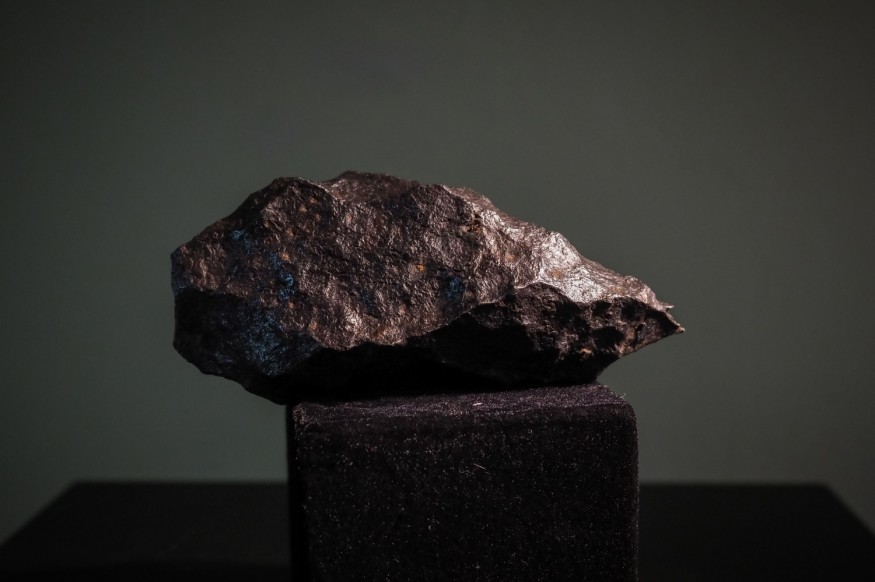Large craters on Earth's surface show the locations of meteor impact sites, making them seem simple to locate. However, this isn't always the case.

How Hidden Impact Sites can be Detected
Some of the scars left by an impact may be healed over, hidden by soil and plants, or even smoothed out over time by the elements themselves. Scientists have now discovered a means to locate these previously undetected impact sites.
Imagine that a large space asteroid is approaching its last destination, which is the planet Earth. Our thick atmosphere slows down meteoroids when they approach the atmosphere at a rate of 72 kilometers per second (160,000 mph).
When a meteor crosses your path in the sky, you'll see a spectacular display of 'ablation,' which is the vaporization of the meteoroid's surface layers by high-speed impacts with air molecules, according to Science Alert.
What Happens During Space Rock Collision with the Earth?
There will be evidence of a meteorite impact on Earth if a space rock makes it all the way to the surface where it collides with our planet.
High temperatures, high pressures, and rapid particle velocities all occur simultaneously during this violent geological process. During this intensive process, atoms are torn apart into electrons and positive ions, which produce plasma, a sort of gas.
A University of Alaska Fairbanks geologist Gunther Kletetschka argues that when there's such an impact, it's at a tremendous velocity.
He added that kinetic energy is transformed into heat, vapor, and plasma as soon as it comes into contact with that speed but plasma is seldom considered.
Researchers discovered that the rocks' regular magnetism was altered in an unusual way by the plasma, resulting in an impact region with magnetism levels that were around ten times lower than what would be expected in the absence of such an impact.
Magnetism in Rocks
The amount of natural magnetism that can be found in rocks or other sediment is called "natural remanent magnetization."
During the process of sedimentation, the minute grains of magnetic metals in Earth's sediment aligned themselves with the planet's magnetic field lines as the material settled. As a result, the grains of sand and gravel are stuck in their original positions after the rock has formed.
A conventional magnet can't detect this low-level magnetism, but geological instruments are able to monitor it simply. But when there is an impact like that of a meteorite, there is a loss of magnetism because the magnetic granules are blasted with energy.
The researchers wrote in a recent paper that when it comes to magnetite and hematite, the shock wave offers a sufficient amount of energy to block the magnetic remanence inside individual magnetic grains.
There is a theory that the plasma generated a magnetic shield that maintained the grains in their disturbed condition and allowed them to orient themselves at random. This resulted in a 10-fold decrease in the magnetic strength of the rock, which is 0.1 percent of its saturation level.
Using paleointensity decrease as a new impact proxy, the results provide light on how an impact process might reduce magnetic paleointensity, as well as inspiring a new approach to studying impact sites.
Hopefully, this new discovery will allow scientists to uncover impact locations that don't have the typical indicators of impact, such as shatter cones or craters.
Related Article : Astonishing Discovery Buried in Meteorites From 500 Million Years Ago
For more news, updates about meteorite impacts and similar topics don't forget to follow Nature World News!
© 2025 NatureWorldNews.com All rights reserved. Do not reproduce without permission.





